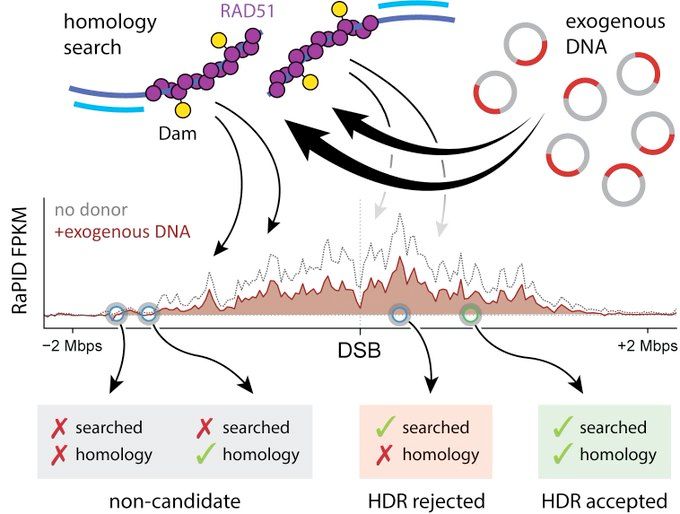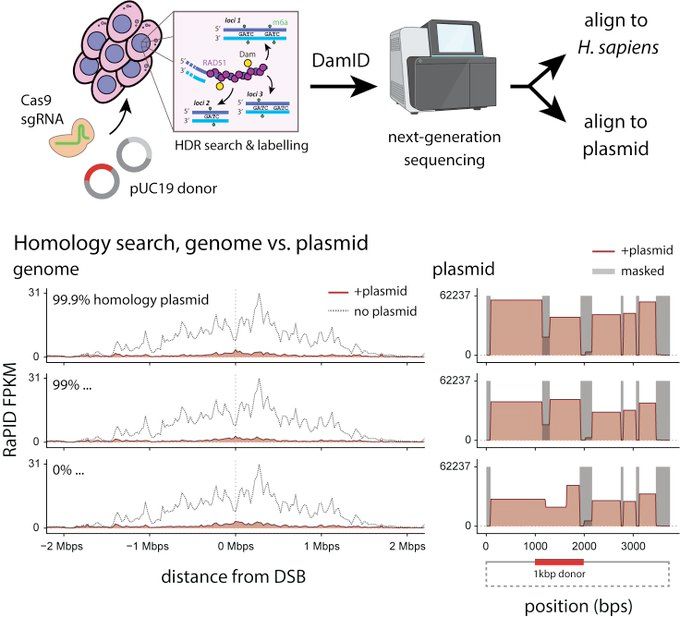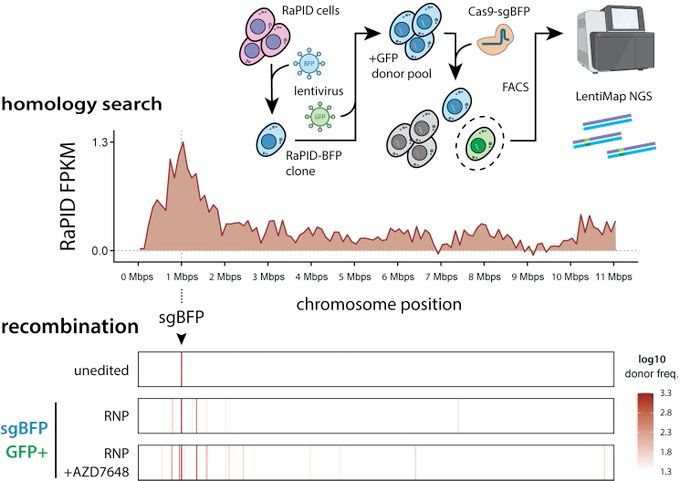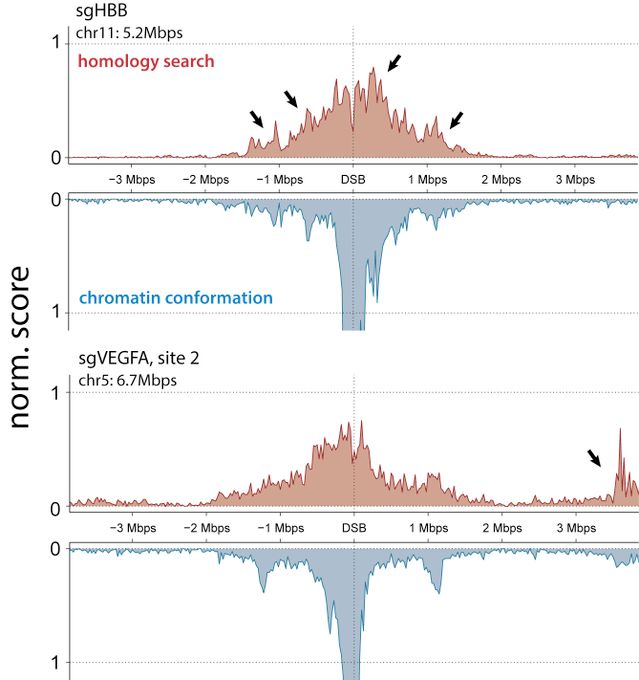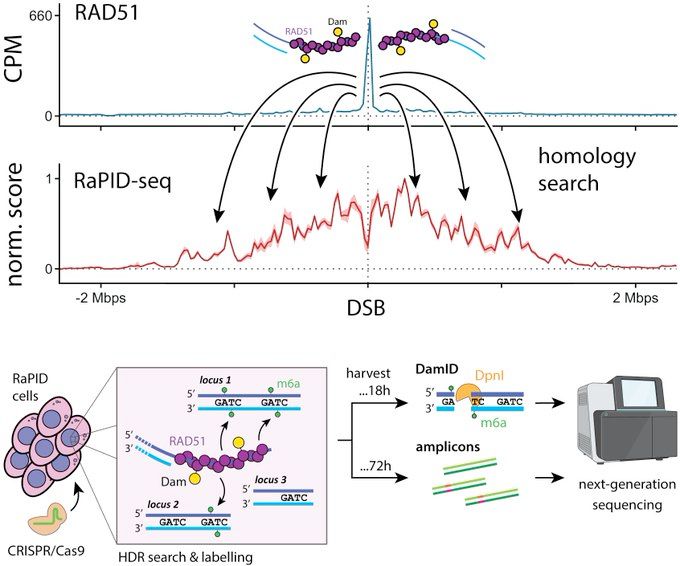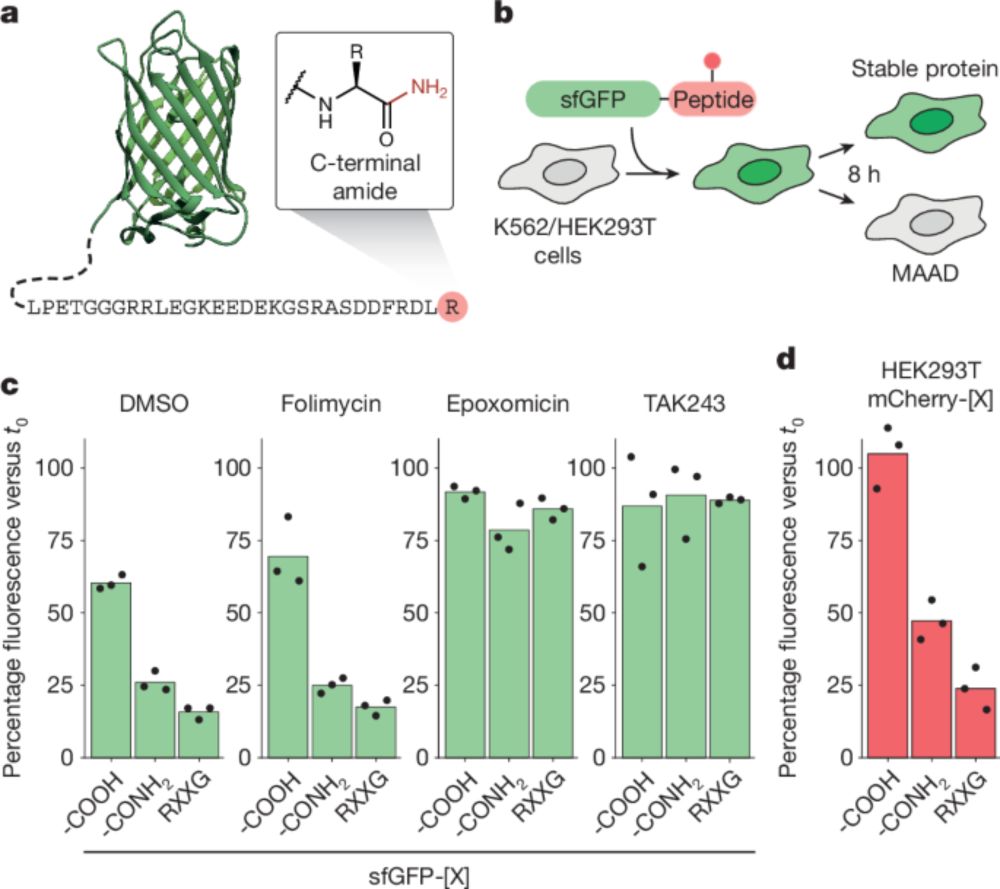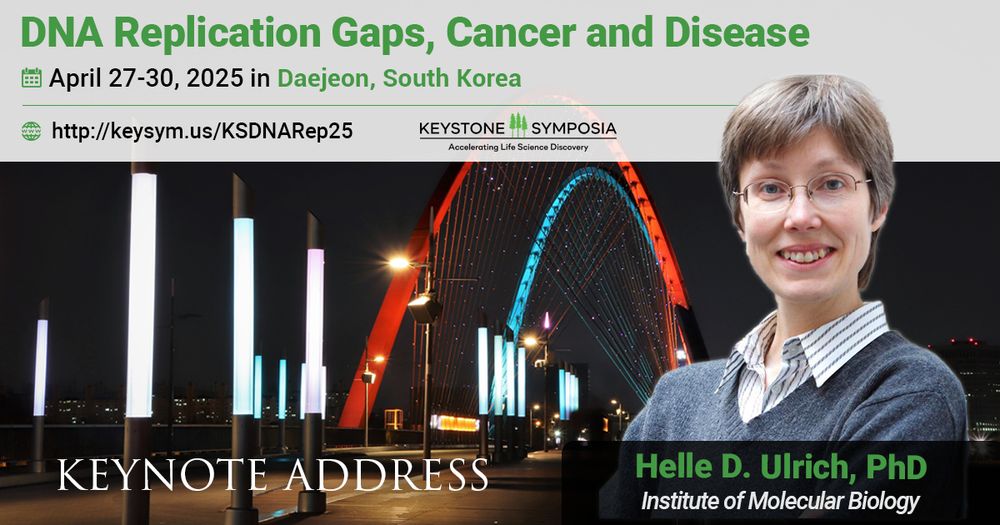Jacob Corn
@jcornlab.bsky.social
400 followers
100 following
15 posts
Genome editing, functional genomics, and cells figuring out how to eat themselves without dying. Professor of Genome Biology at ETH Zürich.
Posts
Media
Videos
Starter Packs
Jacob Corn
@jcornlab.bsky.social
· Feb 12
Jacob Corn
@jcornlab.bsky.social
· Jan 30
Reposted by Jacob Corn

